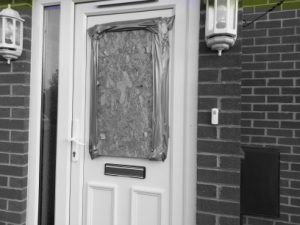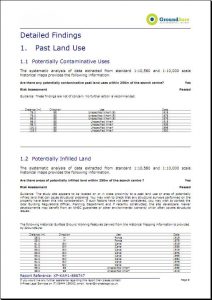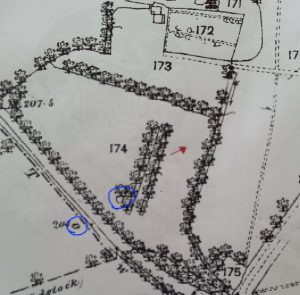This blog post is the third in a series about buying our first house. If you haven’t already, you might like to read the first part. In the second post in the series, we’d put an offer on a house which had been accepted… but of course that’s still early days in the story of buying a house…
We hooked up with Truemans, a local solicitor, after discovering that getting our conveyancing services from a local solicitor is only marginally more-expensive than going with one of the online/phone/post based national ones, and you get the advantage of being able to drop in and harass them if things aren’t going as fast as you’d like. Truemans were helpful from day one, giving us a convenient checklist of all of the steps in the process of buying a house. I’m sure we could have got all the same information online, but by the time I was thinking about offers and acceptance and moving and mortgages and repayments and deposits and everything else, it was genuinely worth a little extra money just to have somebody say “next, this needs to happen,” in a reassuring voice.

Meanwhile, we got on with filling out our mortgage application form. Our choice of lenders – which Stefan, who I’d mentioned in the last post, had filtered for us – was limited slightly by the fact that we wanted a mortgage for three people, not for one or two; but it wasn’t limited by as much as you might have thought. In practice, it was only the more-exotic mortgage types (e.g. Option ARMs, some varieties of interest-only mortgage) that we were restricted from, and these weren’t particularly appealing to us anyway. One downside of there being three of us, though, was that while our chosen lender had computerised their application process, the computerised version wasn’t able to handle more than two applicants, so we instead had to fill out a mammoth 22-page paper form in order to apply. At least it weeds out people who aren’t serious, I suppose.

I revisited the house to check out a few things from the outside: in particular, I was interested in the front door, which had apparently been broken during a… misunderstanding… by the current owners, who are in the middle of what seems like a complicated divorce. The estate agent had promised that it would be repaired before the sale, but when I went to visit I found that this hadn’t happened yet. Of course, now we had lawyers on our side, so it was a quick job to ask them to send a letter to the seller’s solicitor, setting the repair of the door as a condition upon which the sale was dependent.

Our solicitors had also gotten started with the requisite local searches. One of the first things a conveyancing solicitor will do for you is do a little research to ensure that the property really is owned by the people who are selling it, that there’s no compulsory purchase order so that a motorway can be built through the middle of it, that it’s actually connected to mains water and sewers, that planning permission was correctly obtained for any work that’s been done on it, and that kind of thing. One of the first of these searches to produce results was the environmental search.

One of the things that was revealed be the environmental search was that the area was at a significantly higher-than-average risk of subsidence, had the construction not been done in a particular way – using subsidence-proof bricks, or something, I guess? I theorised that this might be related to the infill activities that (the environmental search also reported) had gone on over the last hundred and fifty years. The house is near a major waterway, in an area that was probably once lower-lying and wetter, but many of the small ponds in the area were filled in in the early part of the 20th century (and then, of course, the area was developed as the suburbs of central Oxfordshire expanded, in the 1980s). Conveniently, we have a librarian on our house-buying team, and he was able to pull up a stack of old OS maps showing the area, and we were able to find our way around this now almost-unidentifiable landscape.

Sure enough, there were ponds there, once, but that’s as far as our research took us. Better, we thought, to just pass on the environmental search report to a qualified buildings surveyor, and have them tell us whether or not it was made out of subsidence-proof bricks or shifting-ready beams or whatever the hell it is that you do when you’re building a house to make it not go wonky. Seriously, I haven’t a clue, but I know that there are experts who do.

Given that the house we’re looking at is relatively new, I don’t anticipate there being any problems (modern building regulations are a lot more stringent than their historical counterparts), but when you’re signing away six-figures, you learn to pay attention to these kinds of things.
Hopefully, the fourth blog post in this series will be about exchanging contracts and getting ready to move in to our new home: fingers crossed!